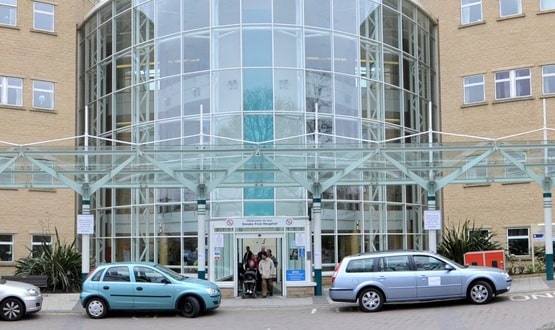Obama urged to commit $25 billion to health IT
- 24 December 2008
 The US Healthcare Information and Management Systems Society (HIMSS) have urged President Obama to invest a minimum of $25 billion in health IT to boost the adoption of electronic medical records (EMRs).
The US Healthcare Information and Management Systems Society (HIMSS) have urged President Obama to invest a minimum of $25 billion in health IT to boost the adoption of electronic medical records (EMRs).
The recommendation forms part of a detailed blueprint for the incoming Obama administration on how to use the power of health IT to reform healthcare and stimulate the US economy.
Among the recommendations is the appointment of a “senior level health IT leader within the administration to oversee a national health IT strategy”.
The report ‘A Call for Action: Enabling Healthcare Reform Using Information Technology’, sets out recommended priorities and actions for the incoming Obama administration and 111th Congress.
President elect Obama has repeatedly spoken of the need to invest in health IT, and electronic medical records in particular, as part of the essential infrastructure required by the future US economy. Such investment has also been highlighted as essential to modernise the US healthcare system.
“Our goal in releasing this report today is to share the expertise and recommendations of the health IT community with policymakers to help ensure health IT policy proposals achieve maximum impact for consumers and the healthcare community.” said Harry Greenspun, MD, Chair of HIMSS Healthcare Transformation through Health IT (HTHIT) Workgroup and Executive Vice President an Chief Medical Officer, Perot Systems’ Healthcare Group.
Key recommendations of the report include investing a minimum of $25 billion in health IT to help non-governmental hospitals and physician practices adopt electronic medical records (EMRs).
Additional investment is called for to cover EMR adoption by federal and state-owned healthcare providers, and establish ‘health IT Action Zones’. Special attention is urged to make health IT available to providers of healthcare to children.
In addition to federal investment, HIMSS urges the next US administration to step up efforts on standards and certification, including further investment in certification programmes and removing regulatory and legal barriers currently restricting their use.
HIMSS recommends that federal funding to assist providers and payers within the new programs adopt health IT, only be used for the purchase or upgrade of new health IT products that meet interoperability specifications and are Certification Commission for Healthcare Information Technology (CCHIT) approved.
In addition to the appointment of a national health IT leader in the new administration, HIMSS urges the creation of a ‘Federal Advisory and Coordinating Body for Health IT’.
Also recommended is the convening of a ‘White House Summit on Healthcare Reform through Information Technology’ to develop consensus and propose solutions to critical, national health IT issues within the context of the larger national healthcare reform effort.
“While most experts in the health IT profession recognise that the long-term benefits of moving towards a more modernised healthcare delivery system will vastly outweigh the short-term costs, we also recognize that these short-term costs are being proposed during a time of significant economic uncertainty,” said H. Stephen Lieber, HIMSS president and CEO.
Lieber added: “We are convinced that moving forward with health IT now will not only be critical to ensuring sustainable positive change for consumers, but will also provide an immediate economic stimulus in the way of new jobs across the healthcare sector.”
"The promise of information technology to help transform our nation’s healthcare systems has been widely recognized for some time, with numerous private and public entities working to leverage federal programs to advance the use of health IT across management and delivery systems,” said Representative Patrick J. Kennedy, chair of the 21st Century Health Care Caucus.
Kennedy added: “Health IT can lead to reduced costs by creating greater efficiency, reducing mistakes and promoting evidence-based best practices. I remain committed to working in support of healthcare policies that will reform our nation’s healthcare system, an issue the incoming Administration has stated will be among its top priorities. I look forward to working with my colleagues on both sides of the aisle on this extremely important policy reform which includes health IT as an integral component.”
A Call for Action: Enabling Healthcare Reform Using Information Technology was developed by more than 100 HIMSS member volunteers to ensure that health IT is appropriately addressed in anticipated healthcare reform policy in 2009.
Link
The full report is available online at www.himss.org/2009calltoaction




